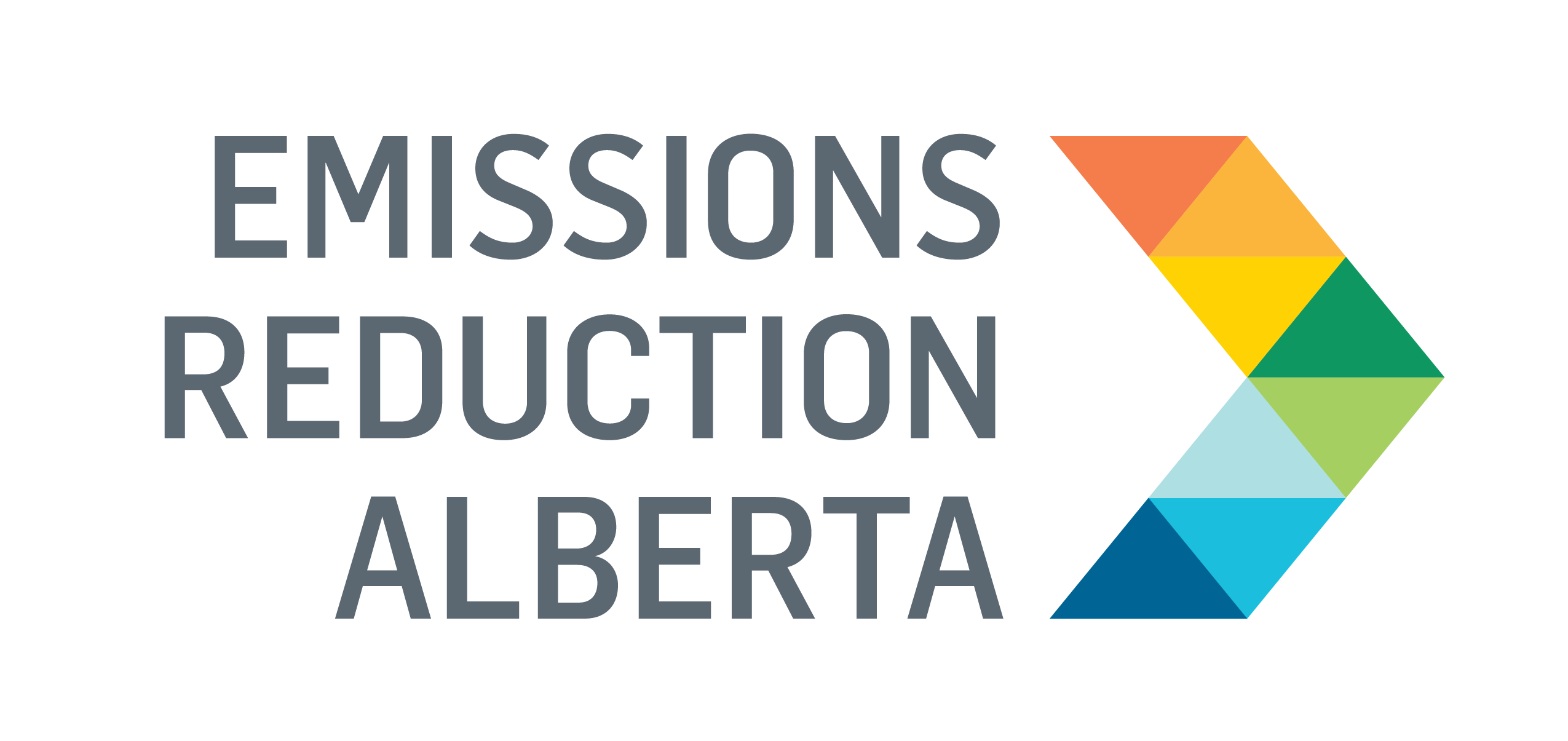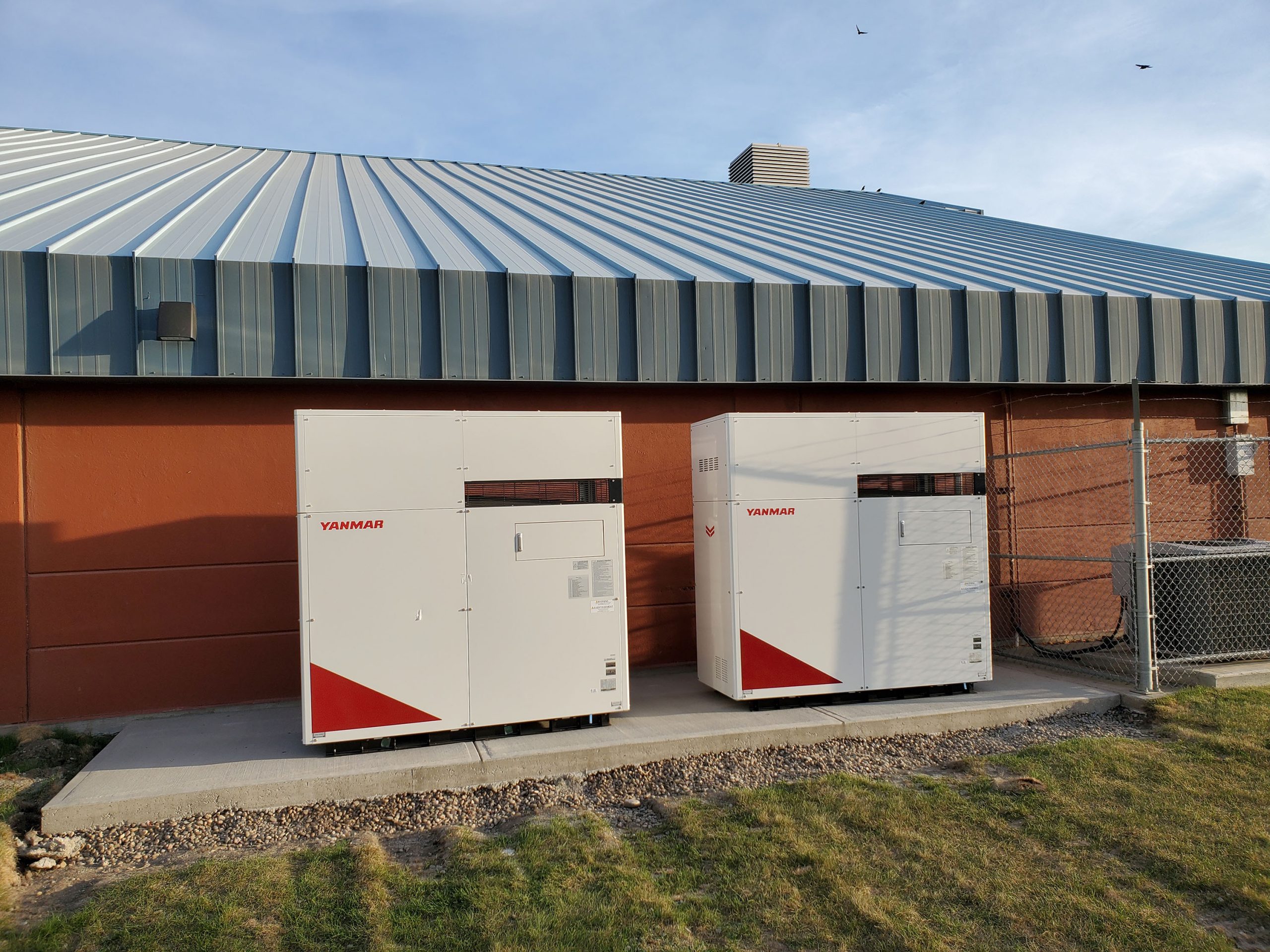Whether it’s a factory, farm, community pool, or shopping mall, combined heat and power (CHP) systems can have a big impact on lowering emissions, costs, and increasing efficiency. One upgraded Alberta manufacturing facility is set to be a prime example of how this technology can help in the green transition.
A retrofitted CHP system at Structural Prescast in Claresholm, AB, where they fabricate precast structural concrete walls, is being installed by a local Alberta company, CHP Solutions Inc. With funding from ERA through the Energy Savings for Business (ESB) program, it will take a power-hungry, 80-year-old building that previously ran on a coal-powered boiler and transform it into a modernized and low-emissions facility
“As the world transitions to a greener, more sustainable energy supply, Alberta’s innovators and entrepreneurs are seizing the opportunity to be leaders in this space. Thanks to the support from ERA, we have chosen to install a CHP cogeneration unit to further reduce the carbon footprint in our manufacturing facility,” said Frank Klaassen, Ice President of Business Development, Structural Precast.
The high efficiency of the CHP unit will not only reduce operating costs, but it will also reduce carbon emissions of the facility by over 300 tonnes of CO2 per year. ERA committed just shy of $120,000 in incentives to the $460,000 project.

CHP works by generating electricity from the combustion of a fossil or renewable fuel. The wasted thermal energy generated from the power generation unit is captured and used for space heating, domestic hot water, and industrial processes such as steam generation. When paired with an absorption chiller, they can also provide cooling to buildings.
CHP Solution’s Sean David says, if your facility uses electricity and has a boiler, it could be a good match for CHP integration. Not only will you lower emissions and cut costs, but the technology also allows for power-related self-sufficiency and puts people in control of their own energy destiny, while reducing the overall load on the grid. This is important, as Alberta’s power grid is itself transforming and could see increasing costs over the next few years.
“Structural Precast’s facility is a really good fit for CHP technology because they need a lot of heat to speed up the curing of their slabs,” David explains. “Our machine provides electricity and heat for their process.”
While CHP is already widely used in countries like the United Kingdom and Germany, and by some local Alberta facilities like CF Chinook Centre, Sierras of Tuscany Condominium Corp. in Calgary and Mount Royal University, the transition to co-generative CHP is just starting to take off in Alberta, David says. But its potential is massive.
CHP technology is scalable, can be customized to suit a range of applications, and installs directly onto the grid through the Alberta microgeneration system. The grid connection makes it easy to offset energy use at the facility. When power is needed, the CHP system directly feeds into the facility’s loads. And, when excess energy can be exported to the grid, the facility receives credit on their utility bill. If more energy is required than the CHP system produces, the grid continues to automatically provide energy as required.
CHP works with everything from small-scale greenhouses and swimming pools to agriculture, residential developments, and even e-vehicle charging stations. Anything that’s a large enough commercial space could benefit from CHP.
Support from ERA’s ESB program came at the right time, David says. The program offered incentives to Structural Precast to “take the plunge on CHP.”
“We see a great opportunity in Alberta to take advantage of the resources we have and lead the way with green technology,” David says.


